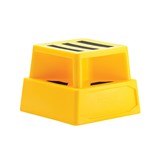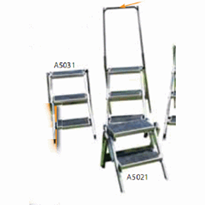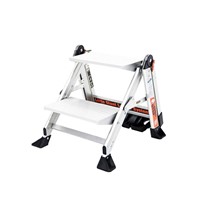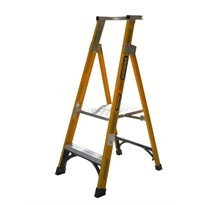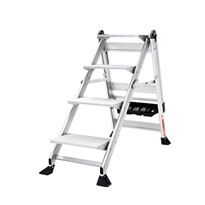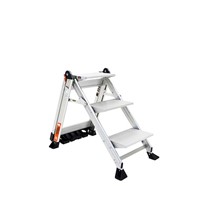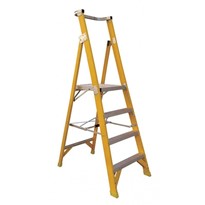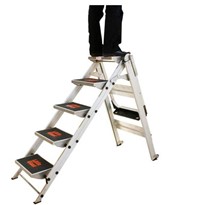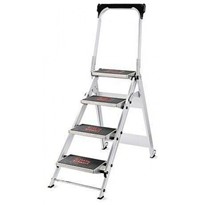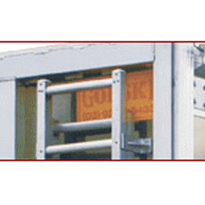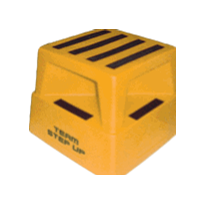Given this level of importance, computerised maintenance management systems (CMMS) have quickly become the backbone of such efforts in many businesses.
A CMMS system provides a business with the ability to document, schedule and monitor the maintenance, repair and costs associated with running facility equipment. The software can provide a record of labour and material expenses, which helps equipment managers to improve budgets, manpower and storeroom stock levels. When the software is properly selected and implemented, CMMS has the ability to become one of the most powerful business intelligence tools in any organisation. With so many types of software to choose from, the following steps will ensure you get the right one.
Step 1: Appoint a CMMS selection team
Every good CMMS selection team should include representative staff members from each functional area of your organisation that will be interacting with the system. The team should also include an IT member to advise on CMMS database integration capabilities. You may also include a member from upper management who can provide input regarding what kind of reporting capabilities are important, and the metrics that will be useful at the management level.
Step 2: Determine your desired system functionality
With your selection team, begin making a list of the features and functions you require from a CMMS. The most popular areas of focus include software compatibility, system security, equipment module, preventive maintenance, inventory module, reports and so forth. These lists will provide the necessary criteria for choosing the right CMMS provider.
Step 3: Solicit potential vendor proposals
Next, have your selection team compile a list of potential vendors from which you can begin soliciting proposals. Ensure your team has a systematic review process in place for evaluating the vendors’ proposals so that you can make a logical and informed decision. For example, if you create a numeric valuation for each feature of the proposal, then each vendor will be evaluated equally. With your numeric valuation, your list of desired functions and the cost estimates, you and your team should be able to narrow down your prospective vendors to two or three.
Step 4: Get a live demonstration from each vendor
Now that your list of potential vendors is more manageable, you will want to see each system in action. The best way to get a demonstration of each system is to invite each vendor to conduct an on-site demonstration, and to provide them with identical scenarios of your team’s choosing that they can use to demonstrate the capabilities of their system.
The scenario may consist of several equipment, inventory and labour records that will allow the vendor to demonstrate the system’s ability to plan work, generate work orders, apply labour and materials to a work order, and complete a work order. You will also want to see the system’s reporting capabilities, as well as any other functions you find important.
Step 5: Choose a system
After the demonstrations, the team will need to make a final decision. Since whatever system you choose will be with you for many years, it’s vital that you and your team take plenty of time to consider each option. Choosing the right vendor and CMMS will put your business at a great advantage and keep it running smoothly for years to come.



